We recently sent out a survey to ASDC families to find out more about their experiences with finding accessible educational media for their deaf and hard of hearing children. We have shared the results (shown below) with the Federal Communications Commission (FCC) so they can identify ways to increase the availability of captioned and described educational programs for kids.
Question 1
My child benefits from captioned and/or audio described programming.
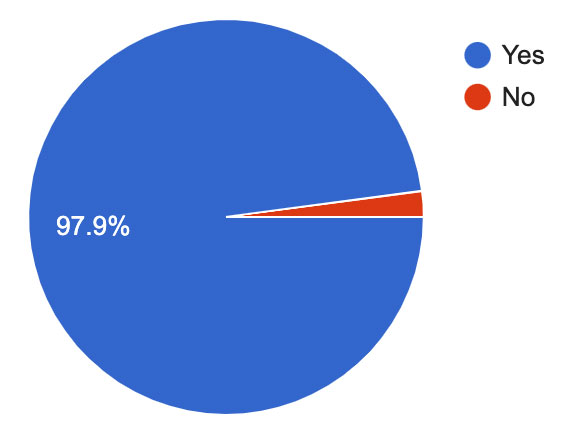
Question 2
My child watches educational/informational programs on broadcast television (CBS, NBC, ABC, PBS).
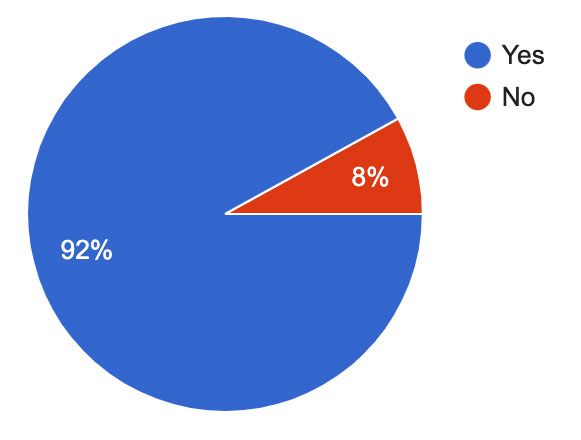
Question 3
The shows my child watches on broadcast television provide captions and/or audio descriptions:
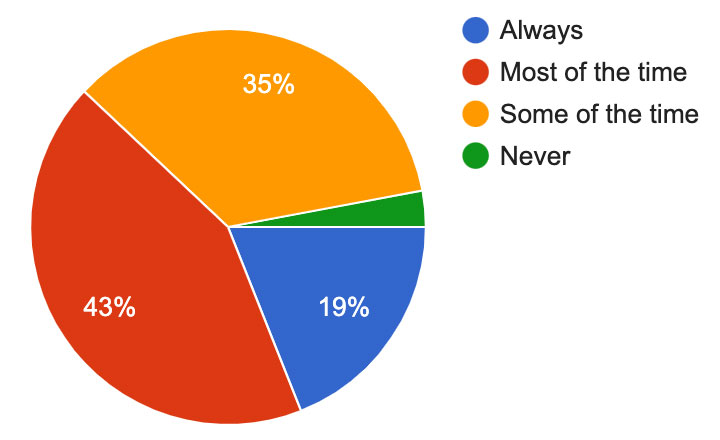
Question 4
My child watches educational/informational programs on streaming platforms (YouTube, Netflix, etc.)
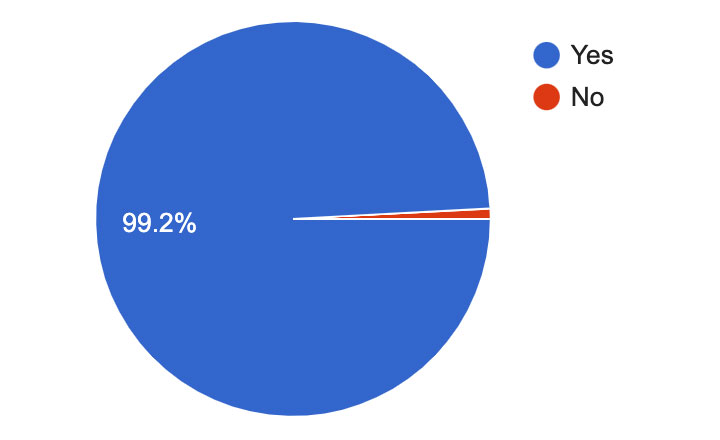
Question 5
The shows my child watches on streaming platforms provide captions and/or audio descriptions:
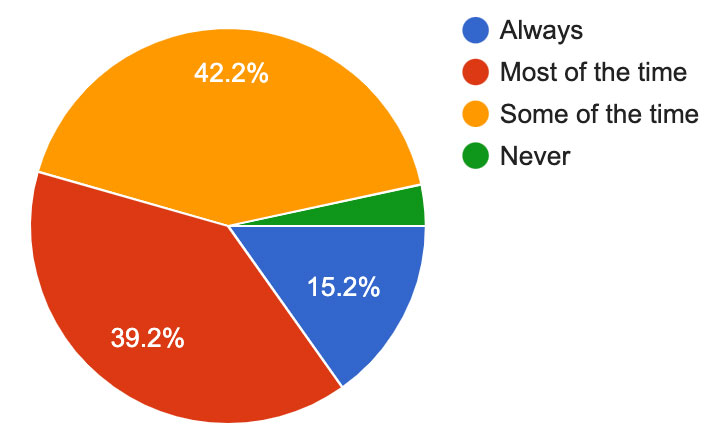
Question 6
What do you want the FCC to know about your experiences with finding accessible programming for your child?
Comments Summary
- Everyone benefits from captions whether you are young, old, deaf, hearing, or in between.
- Captions need to be accurate, there are so many typos, dropped conversations, and inaccuracies, that’s not okay and not beneficial to the person who is using the captions.
- Auto generated captions still need work.
- Streaming must also be required to be captioned.
- It’s frustrating to have to find programs that offer captions when trying to find things to watch on TV as a family, if a program does not offer captioning it’s leaving out family members and that’s not okay.
- In addition to captions it would be nice to have an ASL interpreter in a small box on the screen.



